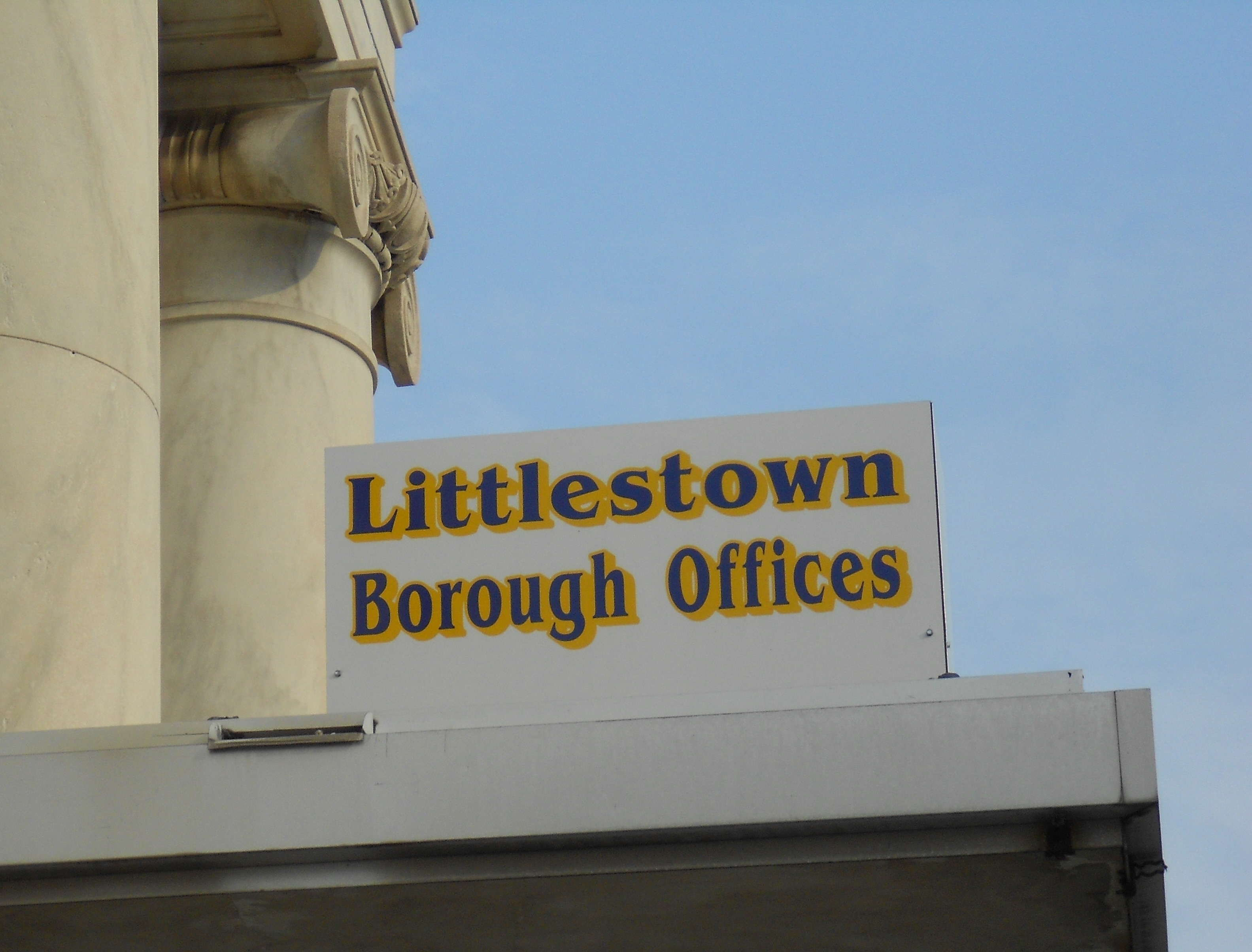|
Marion Heights, Pennsylvania
Marion Heights is a Borough (Pennsylvania), borough in Northumberland County, Pennsylvania, United States. The population was 611 at the 2010 United States census, 2010 census. Geography Marion Heights is located at (40.804745, -76.464013). According to the United States Census Bureau, the borough has a total area of , all land. Government Marion Heights in governed by an elected borough council and mayor. As of 2023, the mayor of Marion Heights is John Wargo. Demographics As of the census of 2000, there were 735 people, 314 households, and 212 families residing in the borough. The population density was . There were 375 housing units at an average density of . The racial makeup of the borough was 99.32% White (U.S. Census), White, 0.14% Native American (U.S. Census), Native American, and 0.54% from two or more races. Hispanic (U.S. Census), Hispanic or Latino (U.S. Census), Latino of any race were 0.41% of the population. There were 314 households, out of which 24.5% ha ... [...More Info...] [...Related Items...] OR: [Wikipedia] [Google] [Baidu] |
Borough (Pennsylvania)
In the Commonwealth (U.S. state), United States Commonwealth of Pennsylvania, a borough (sometimes spelled boro) is a self-governing Municipality, municipal entity, equivalent to a town in most jurisdictions, usually smaller than a city, but with a similar population density in its residential areas. Sometimes thought of as "junior cities", boroughs generally have fewer powers and responsibilities than full-fledged cities. Description All municipalities in Pennsylvania are classified as either Local government in Pennsylvania#City, cities, boroughs, or township (Pennsylvania), townships. The only exception is the town of Bloomsburg, Pennsylvania, Bloomsburg, recognized by the state government as the only incorporated town in Pennsylvania. Boroughs tend to have more developed business districts and concentrations of public and commercial office buildings, including courthouses. Boroughs are larger, less spacious, and more developed than the relatively rural townships, which oft ... [...More Info...] [...Related Items...] OR: [Wikipedia] [Google] [Baidu] |
Census
A census (from Latin ''censere'', 'to assess') is the procedure of systematically acquiring, recording, and calculating population information about the members of a given Statistical population, population, usually displayed in the form of statistics. This term is used mostly in connection with Population and housing censuses by country, national population and housing censuses; other common censuses include Census of agriculture, censuses of agriculture, traditional culture, business, supplies, and traffic censuses. The United Nations (UN) defines the essential features of population and housing censuses as "individual enumeration, universality within a defined territory, simultaneity and defined periodicity", and recommends that population censuses be taken at least every ten years. UN recommendations also cover census topics to be collected, official definitions, classifications, and other useful information to coordinate international practices. The United Nations, UN's Food ... [...More Info...] [...Related Items...] OR: [Wikipedia] [Google] [Baidu] |
Populated Places Established In 1906
Population is a set of humans or other organisms in a given region or area. Governments conduct a census to quantify the resident population size within a given jurisdiction. The term is also applied to non-human animals, microorganisms, and plants, and has specific uses within such fields as ecology and genetics. Etymology The word ''population'' is derived from the Late Latin ''populatio'' (a people, a multitude), which itself is derived from the Latin word ''populus'' (a people). Use of the term Social sciences In sociology and population geography, population refers to a group of human beings with some predefined feature in common, such as location, race, ethnicity, nationality, or religion. Ecology In ecology, a population is a group of organisms of the same species which inhabit the same geographical area and are capable of interbreeding. The area of a sexual population is the area where interbreeding is possible between any opposite-sex pair within the area ... [...More Info...] [...Related Items...] OR: [Wikipedia] [Google] [Baidu] |
Alley In Marion Heights
An alley or alleyway is a narrow lane, path, or passageway, often reserved for pedestrians, which usually runs between, behind, or within buildings in towns and cities. It is also a rear access or service road (back lane), or a path, walk, or avenue (French allée) in a park or garden. A covered alley or passageway, often with shops, may be called an arcade. The origin of the word alley is late Middle English, from "walking or passage", from ' "to go", from "to walk". Definition The word alley is used in two main ways: # It can refer to a narrow, usually paved, pedestrian path, often between the walls of buildings in towns and cities. This type is usually short and straight, and on steep ground can consist partially or entirely of steps. # It also describes a very narrow, urban street, or lane, usually paved, which may be used by slow-moving local traffic, though more pedestrian-friendly than a regular street. There are two versions of this kind of alley: #* A rear access ... [...More Info...] [...Related Items...] OR: [Wikipedia] [Google] [Baidu] |



